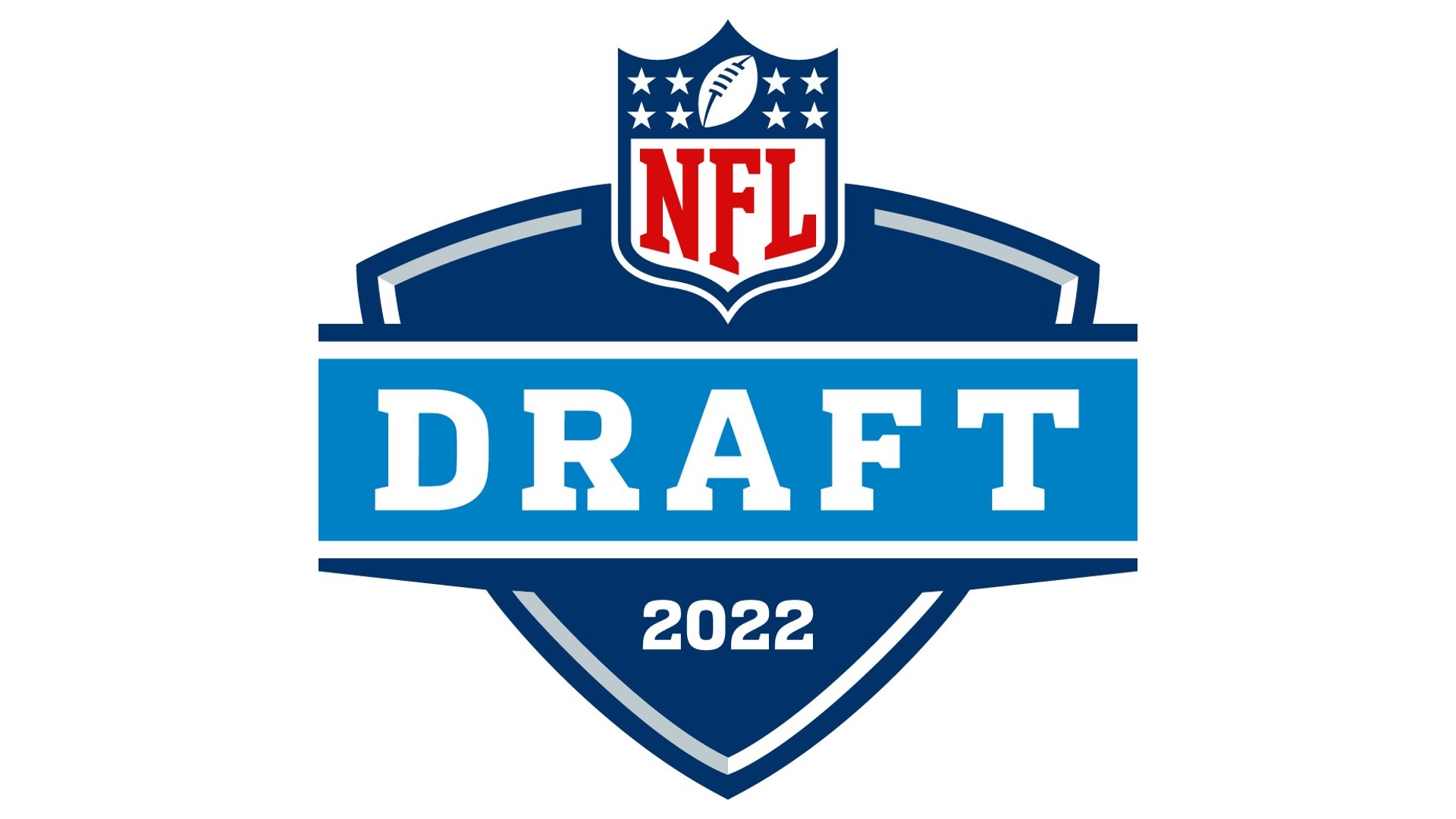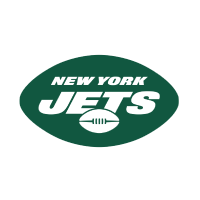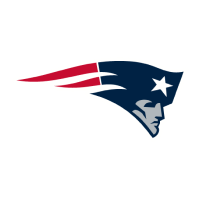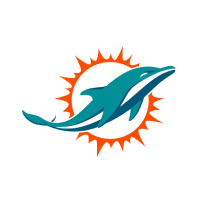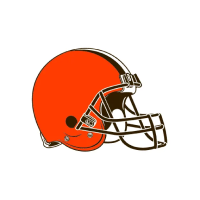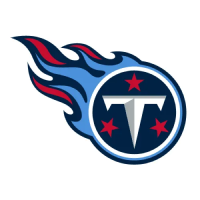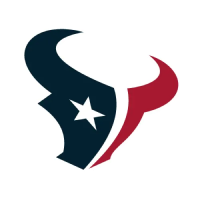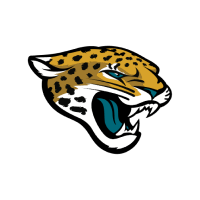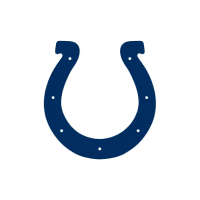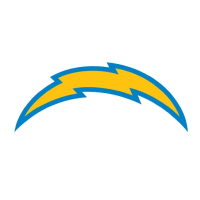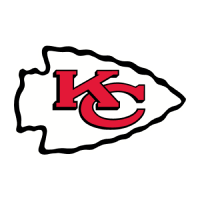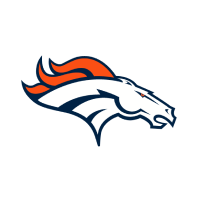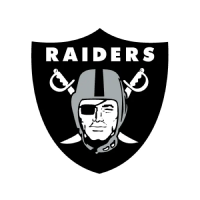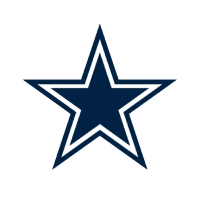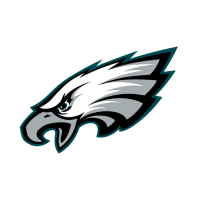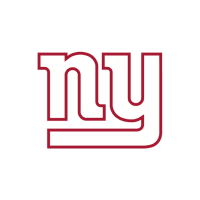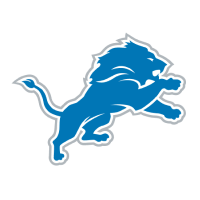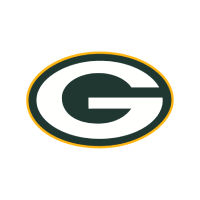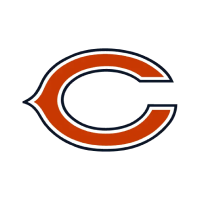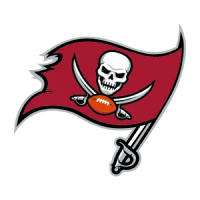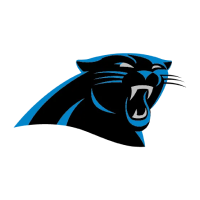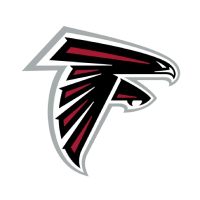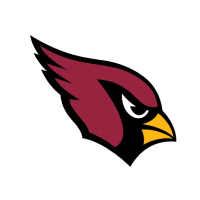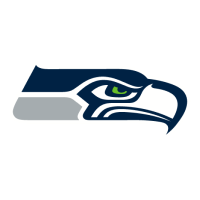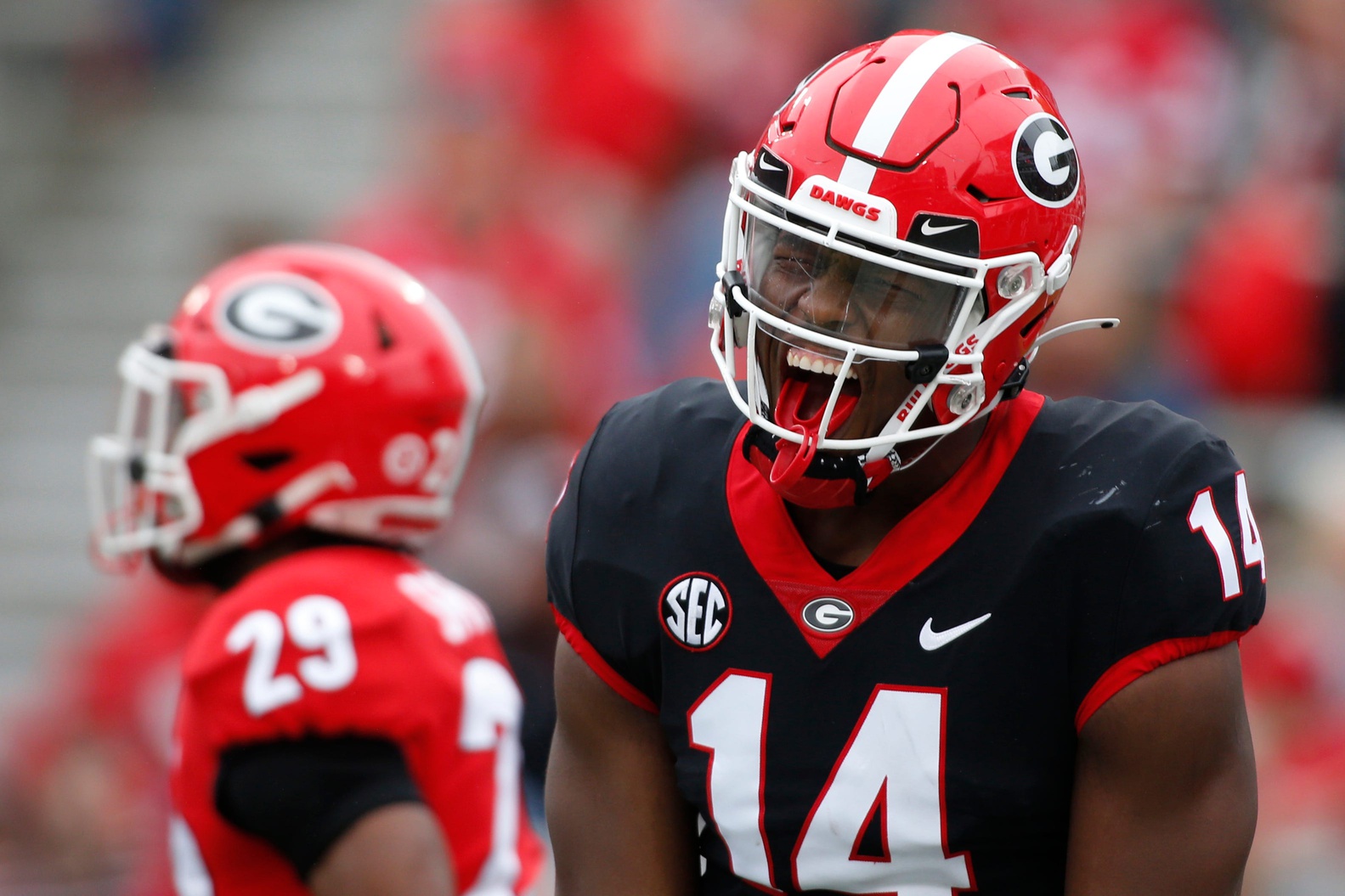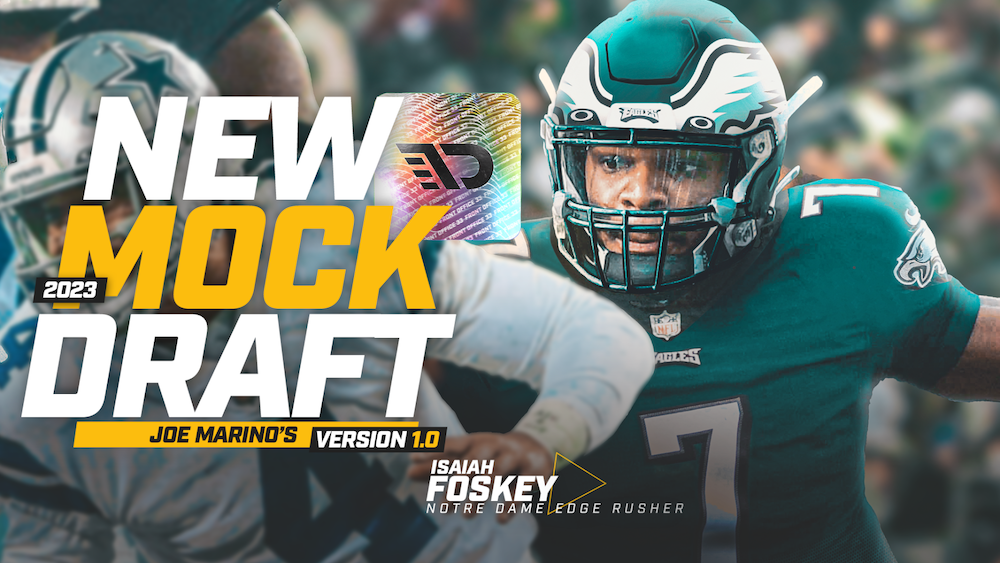PROSPECT SUMMARY - LAMONT WADE
LaMont Wade enters the 2021 NFL Draft after serving as a multi-year starter for the Penn State defense. Wade has been utilized to this point predominantly as a field safety and nickel defender, which offers clear insight to the areas that he’ll most likely be charged with learning at the pro level as well. Wade’s stature is a roadblock to a featured defensive role. He’s not a big player and despite an aggressive playstyle, he is at times unable to translate aggression into efficiency in the secondary. Wade certainly appears to have a role as a depth safety and special teams contributor—he runs the alley well and has had success with cut tackles to get into the legs of the ball-carrier in the open field. Wade’s best role as a defensive player is likely as a subpackage safety and he did show some prowess as a pressure player on blitz looks to stem and hide his intentions. He will need to stay out of the post position for best results if he’s pressed into defensive action as a pro player and instead be charged with some shallow zone usage—as he was most frequently called upon in coverage at Penn State.
Ideal Role: Depth safety, core special teamer.
Scheme Fit: Split safety coverages and high usage of defensive subpackages.
FILM EVALUATION
Written by: Kyle Crabbs
Games watched: Ohio State (2019), Memphis (2019), Ohio State (2020), Michigan (2020), Michigan State (2020)
Best Game Studied: Memphis (2019)
Worst Game Studied: Ohio State (2019)
Football IQ: Wade shows a fair level of versatility based on his role at Penn State, an indicator of his ability to process multiple roles within the playbook. Wade shows appropriate reactive quickness against the run as a rocker safety into the box and when playing off coverage.
Tackling: His lack of length and lack of mass are apparent on angular challenges and when he is forced to flash late to react to cuts. He’s made a number of impressive cut tackles and his angles working to the catch point allow him to avoid giving up a lot of RAC. He has natural leverage thanks to his frame to strike as the low man.
Versatility: The pro role will not be as elaborate as his pallet at Penn State. Wade does not have the presence of an alley runner for the pro game, as bigger backs will railroad him on the tracks in head-up scenarios. Kick coverages should be more kind to him and he got some reps returning kicks at the end of 2020, too.
Range: Wade offers only modest range and will especially struggle in the high post. His transitional burst is below average and when he’s charged with deep coverage he will struggle to attack and squeeze the catch point versus throws that have any level of zip.
Ball Skills: Wade logged his first career interception in 2020 and has netted marginal ball production to this point in his career. His timing to arrive to the football is often a tick late and he lacks the length to play through the frame of receivers.
Run Defending: Wade has a good appetite for attacking the run but his reps are littered with getting stuck on blocks in the alley and his strength makes it difficult for him to collapse blocks consistently. He will need to negotiate blocks with finesse, but he generally does not have short-area agility to shine here, either.
Functional Athleticism: Wade illustrates sufficient long speed, but his short-area twitch isn’t proportionate to what you’d expect for a player of his stature. Subpar deep range hinders his ability to project to base defenses.
Competitive Toughness: Wade offers strong rally skills to help compensate for the lack of dynamic athleticism in his game. His effort is top-notch and his hustle saved more than one touchdown down the field on chunk gains for the Lions defense. Functional strength isn’t notable and he can get big boy'd by dense or large-bodied skill players or blockers.
Flexibility: Wade does not showcase a great deal of rotational mobility throughout his frame. As a result, his deep drops aren’t especially sudden and his click-and-close trigger skills lack bounce.
Special Teams Ability: Wade did get some late looks as a returner and ran one back for a score in his final game with the Lions. He’s much more likely to shine on kick coverages where his sufficient speed, aggressiveness, effort, and tackling efforts can be implemented.
Prospect Comparison: Ahmad Black (2011 NFL Draft, Tampa Bay Buccaneers)
SCOUT GRADES
TDN Consensus: To Be Determined
Kyle Crabbs: 67.5/100
Filed In
Related Articles
NFL Draft
Arik Gilbert Doesn’t Need Big Workload To Be A Top NFL Draft Pick
- Aug 22, 2022
NFL Draft
2023 NFL Mock Draft: Marino 1.0
- Aug 22, 2022
Written By
